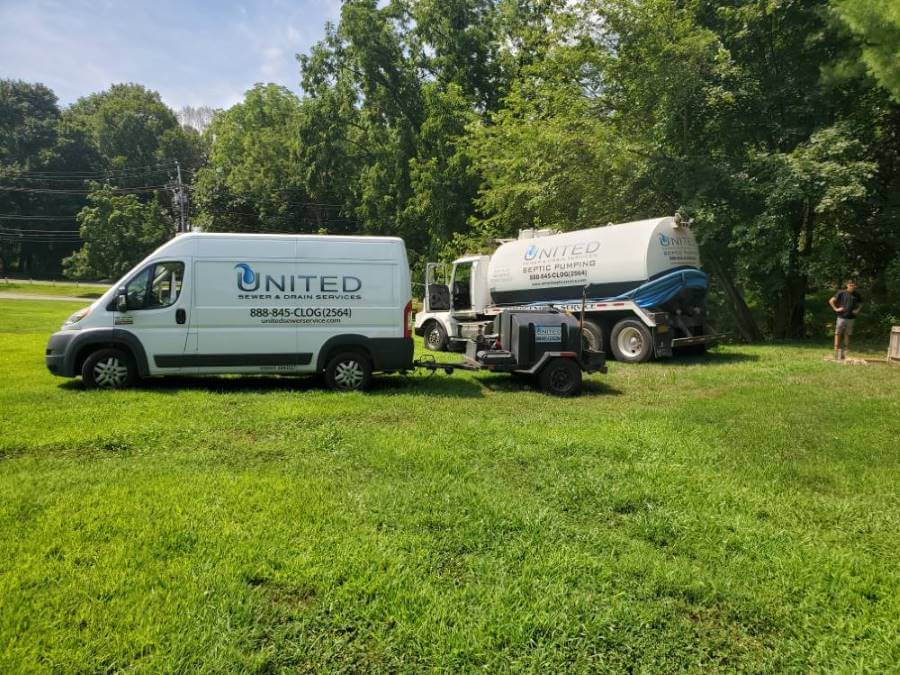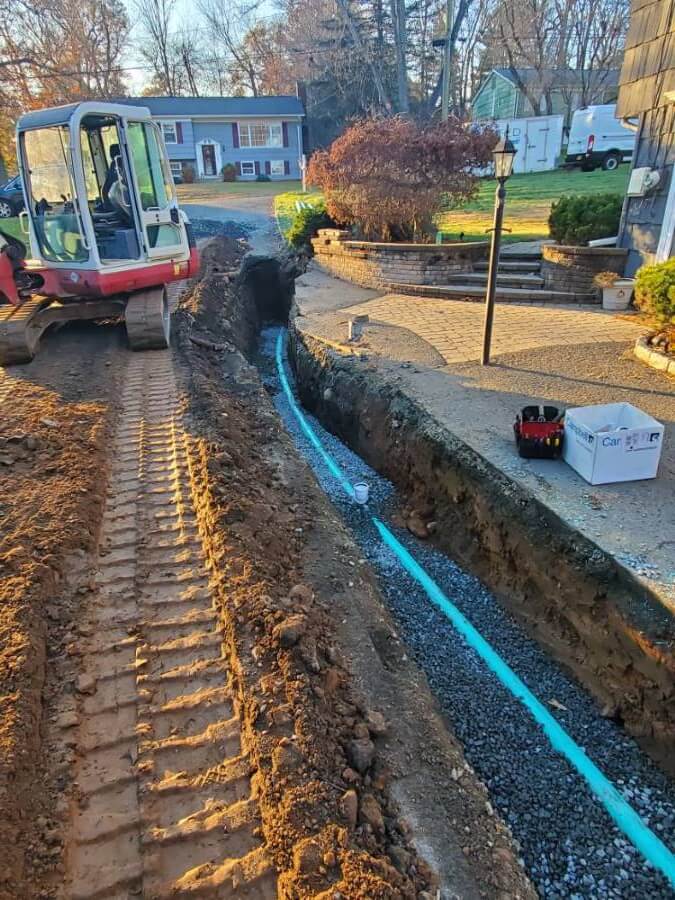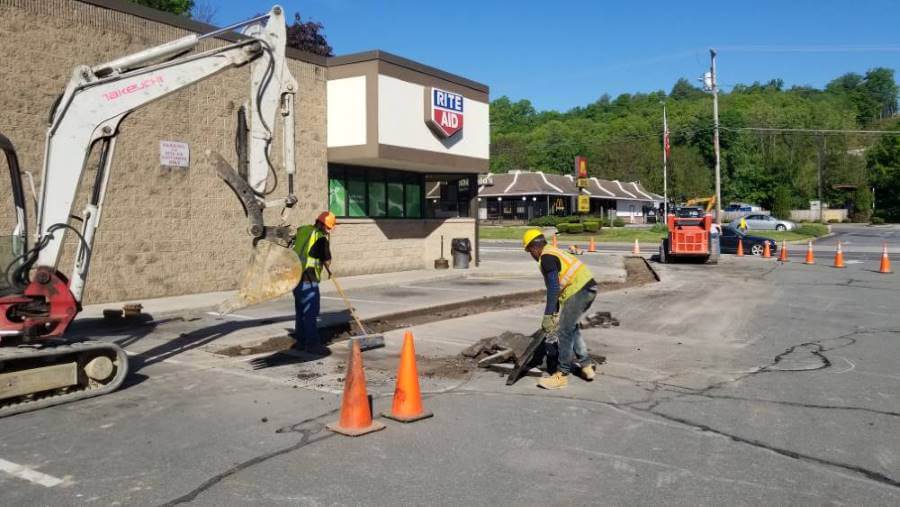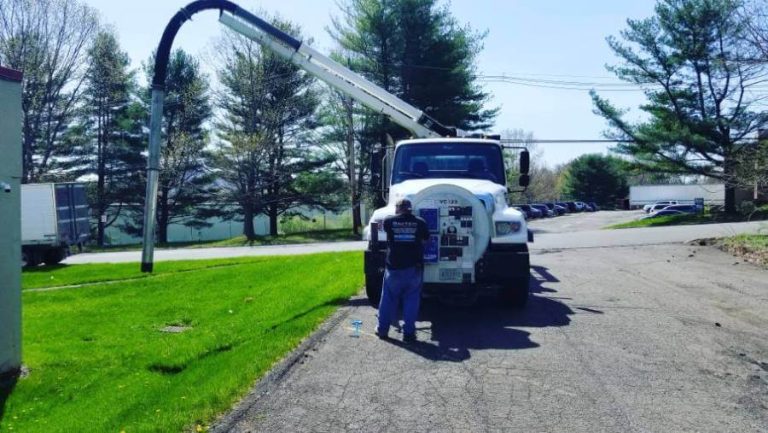ComprehensiveMiddletown Guide: Locating and Accessing the Septic Tank for Pumping
Locating and accessing the septic tank for pumping, finding your septic tank for pumping is a straightforward process that involves some detective work and basic tools. For homeowners in Middletown, New York, locating and accessing your septic tank is an essential part of proper septic system maintenance. This guide will walk you through the steps to find your tank and prepare it for pumping, ensuring your system stays in top shape.
Table of Contents
Key Takeaways
- Property records and site plans are valuable resources for locating your septic tank
- Look for visual clues in your yard, such as a slight mound or greener grass
- Sewer pipes from your house can lead you to the septic tank location
- Use a metal probe to safely locate the tank’s edges and lid
- Professional help is available if you have trouble finding your tank
- Regular pumping is crucial for maintaining your septic system’s health
Understanding Locating and Accessing the Septic Tank for Pumping

Before you start searching for your septic tank, it’s helpful to understand the basic layout of a typical septic system in Middletown. Most systems consist of a main sewer line leading from the house to the septic tank, which is usually buried in the yard. From the tank, wastewater flows into a drain field for final treatment.
Common Septic Tank Locations
In Middletown homes, septic tanks are often found in the front or back yard, typically 10 to 25 feet away from the house. They’re usually placed downhill from the home to allow for gravity flow. However, the exact location can vary based on your property’s layout and when your system was installed.
Locating and Accessing the Septic Tank for Pumping: Document Review
The first step in locating your septic tank is to check your property documents. These can provide valuable clues about where to start looking.
Checking Property Records
Visit the Orange County Clerk’s office or search their online database for your property records. These documents often include site plans or septic system permits that show the tank’s location.
Reviewing Home Inspection Reports
If you’ve had a home inspection done when you bought your house, review the report. It might mention the septic tank’s location or provide other useful information about your system.
Visual Inspection of Your Property
After reviewing documents, it’s time to head outside and look for visual clues in your yard.
Looking for Surface Indicators
Walk around your property and look for signs that might indicate the septic tank’s location:
- A slight mound in the yard
- An area where grass grows faster or is greener
- A spot where snow melts first in winter
- Concrete or plastic lids partially visible above ground
Following the Sewer Line
Locate where the main sewer pipe exits your house. This pipe usually leads straight to the septic tank. In Middletown homes, this pipe often exits through the basement wall facing the yard where the tank is located.
Using Tools to Pinpoint the Tank

If visual inspection doesn’t reveal your tank’s location, it’s time to use some tools to help you find it.
Metal Probing Technique
Use a thin metal rod to probe the ground in the area where you suspect the tank might be. When you feel resistance, you may have found the tank’s edge or lid. Be gentle to avoid damaging the tank or any underground utilities.
Electronic Detectors
Some local hardware stores in Middletown rent electronic detectors designed to locate septic tanks. These devices can be helpful if other methods haven’t worked.
Accessing the Septic Tank
Once you’ve located your tank, you’ll need to access it for pumping.
Exposing the Lid
If the lid isn’t visible, carefully dig around the area where you’ve located the tank. Be cautious not to damage the tank or any nearby pipes.
Safety Precautions
Never attempt to open a septic tank lid yourself. The gases inside can be dangerous. Always call a professional for this step.
When to Call a Professional

If you’re having trouble locating your septic tank, it’s time to call in the experts.
Local Septic Services
Many septic service companies in Middletown offer tank location services. They have specialized equipment and experience to find tanks quickly and safely.
Using Historical Records
Professional septic services can often access historical records or use their knowledge of local building practices to locate older or hard-to-find tanks.
Preparing for Septic Tank Pumping
Once you’ve located your tank, it’s important to prepare for the pumping process.
Clearing Access
Make sure there’s a clear path to your tank for the pumping truck. This might involve moving vehicles, outdoor furniture, or other obstacles.
Marking the Location
After finding your tank, mark its location. This will save time and effort for future maintenance.
Understanding Septic Tank Pumping Frequency
Knowing how often to pump your septic tank is crucial for maintaining your system.
Factors Affecting Pumping Frequency
Several factors determine how often you should pump your tank:
- Household size
- Tank size
- Water usage
- The presence of a garbage disposal
Recommended Pumping Schedule
For most Middletown homes, pumping every 3-5 years is recommended. However, larger households or those with high water usage might need more frequent pumping.
Signs Your Tank Needs Pumping
Being aware of the signs that your tank needs pumping can help prevent system failures.
Warning Signals
Watch out for these signs:
- Slow-draining sinks or toilets
- Bad odors around drains or in the yard
- Wet or spongy areas in the yard near the tank or drain field
- Sewage backing up into the house
Maintaining Your Septic System Between Pumpings
Regular maintenance can extend the time between pumpings and prevent costly repairs.
Water Conservation Tips
Reducing water usage helps your septic system function more efficiently. Install low-flow fixtures and fix any leaks promptly.
Proper Waste Disposal
Be mindful of what goes down your drains. Avoid flushing non-biodegradable items or pouring harsh chemicals into your system.
The Pumping Process Explained
Understanding what happens during pumping can help you prepare and know what to expect.
What to Expect
The pumping process typically takes about 30 minutes to an hour. The technician will:
- Locate and open the tank
- Insert a large hose to remove the contents
- Inspect the tank for damage
- Clean the filters if present
- Close and secure the tank
After the Pump: Next Steps
Once your tank has been pumped, there are a few things to keep in mind.
System Recovery
It’s normal for your system to take a day or two to return to normal operation after pumping. Avoid heavy water usage during this time.
Record Keeping
Keep a record of when you’ve had your tank pumped. This will help you stay on top of your maintenance schedule.
Local Regulations and Requirements
Middletown and Orange County have specific regulations regarding septic systems in Locating and Accessing the Septic Tank for Pumping.
Compliance with Local Codes
Make sure you’re familiar with local codes regarding septic system maintenance and pumping frequency. Non-compliance can result in fines or other penalties.
Permits and Inspections
Some areas require permits for septic work or regular inspections. Check with the local health department for current requirements.
Environmental Impact of Proper Septic Maintenance
Maintaining your septic system isn’t just about keeping your home running smoothly; it also has environmental implications.
Protecting Local Water Sources
A well-maintained septic system helps protect Middletown’s groundwater and nearby water bodies from contamination.
Reducing Pollution
Regular pumping and proper maintenance reduce the risk of system failures that can lead to pollution of soil and water resources.
Septic System Upgrades and Replacements
Sometimes, Locating and Accessing the Septic Tank for Pumping your tank reveals the need for system upgrades or replacements.
When to Consider Upgrades
Consider upgrading locating and accessing the septic tank for pumping your system if:
- Your current system is undersized for your household
- You’re experiencing frequent problems
- Your system is very old
New Technologies
Modern septic systems offer improved efficiency and environmental protection. Talk to a local septic professional about options that might be suitable for your property.
| Septic System Type | Lifespan | Maintenance Needs | Suitability for Middletown |
|---|---|---|---|
| Conventional | 20-30 years | Regular pumping every 3-5 years | Common, works well in most soil types |
| Aerobic | 20-30 years | Annual inspections, more frequent pumping | Good for areas with high water tables |
| Mound | 15-20 years | Regular pumping, careful landscaping | Useful in areas with shallow soil depth |
| Tank Size (Gallons) | Household Size | Recommended Pumping Frequency |
|---|---|---|
| 750 | 1-2 people | Every 4 years |
| 1000 | 3-4 people | Every 3 years |
| 1250 | 5-6 people | Every 2 years |
| 1500 | 7-8 people | Every 1-2 years |
The Role of Professional Septic Services
While some aspects of septic maintenance Locating and Accessing the Septic Tank for Pumping can be handled by homeowners, professional services play a crucial role.
When to Call the Pros
Always call a professional for:
- Tank pumping
- System inspections
- Repairs or replacements
- Locating difficult-to-find tanks
Choosing a Reputable Service
Look for licensed and insured septic professionals with good reviews from other Middletown homeowners. Ask about their experience locating and accessing the septic tank for pumping with systems similar to yours.
Seasonal Considerations for Septic Maintenance
The changing seasons in Middletown can affect your septic system and maintenance needs.
Winter Precautions
In winter, avoid compacting snow over your drain field, as this can inhibit proper function. Mark locating and accessing the septic tank for pumping before snowfall to make it easier to find for winter pumping if needed.
Spring and Summer Care
Be mindful of landscaping around your septic area. Avoid planting trees or shrubs with deep roots near the tank or drain field.
Planning for Long-Term Septic System Health
Taking a proactive approach to septic system care can save you money and headaches in the long run.
Creating a Maintenance Schedule
Develop a regular maintenance schedule that includes locating and accessing the septic tank for pumping, inspections, and any necessary repairs. Stick to this schedule to prevent major issues.
Budgeting for Septic Care
Set aside funds annually for septic maintenance. This can help you avoid financial strain when it’s time for pumping or if unexpected repairs are needed.
By following these guidelines, at United Sewer & septic Services in Middletown, homeowners can effectively locate and access the septic tank for pumping ensuring long-lasting and efficient septic systems. Remember, a well-maintained septic system not only protects your property but also contributes to the health of your local environment.
Learn tips for locating and accessing the septic tank for pumping. Discover maintenance essentials, visual clues, and when to call experts. For more information, you can visit our website or contact us.





